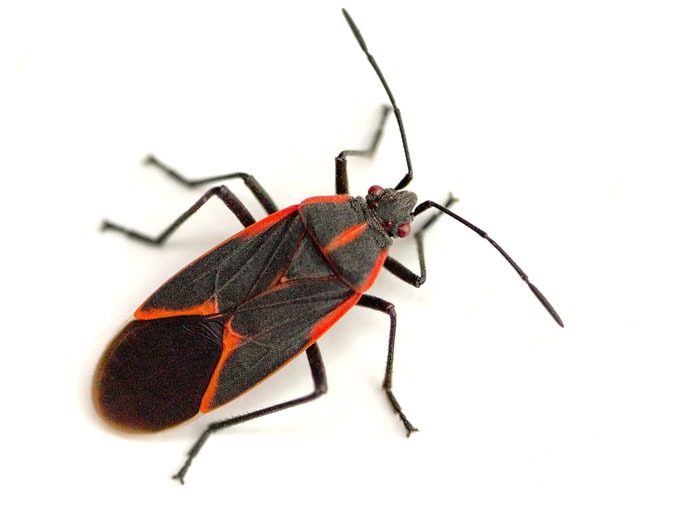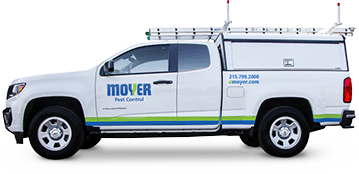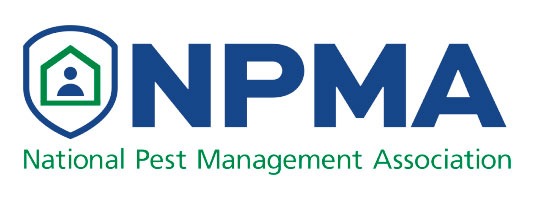
Boxelder bugs are aptly named because they are often found on or around boxelder trees, along with maple and ash trees. They are considered a North American species of true bugs. While this species is native to western states, it can also be found in the eastern United States wherever boxelder trees are present.
You can identify a boxelder bug by looking for a black bug with bright red or orange markings on their backs. They are typically oval-shaped with six legs and two antennae, growing to approximately ½ inch long.
Boxelder bugs emit a strong scent to discourage predators and are oftentimes confused for stink bugs, though they are different.
Box Elder Bugs in Pennsylvania, New Jersey and Delaware
In Pennsylvania, boxelder bugs (Boisea trivittata) are considered “nuisance pests” meaning they are not dangerous and do not carry disease. However, they can enter your home in large groups and cause problems if not handled properly.
Boxelder bugs are sometimes confused for other types of bugs, including elm seed bugs and western conifer seed bugs.
Signs of an Infestation
Keep an eye out for swarms of boxelder bugs near windows, buzzing noises, stains and strange odors.
Health and Damage Considerations
Boxelder bugs aren’t known to carry or transmit diseases to people. They are also not known to bite but can occasionally puncture skin causing a similar reaction to a mosquito bite.
Instead, boxelder bugs are simply a nuisance pest; they won’t cause any real harm to your home besides being annoying and potentially leaving a stain when squished on upholstery. They also may produce an unpleasant odor when squashed.
Behavior
In the late fall before the weather starts to turn cold, boxelder bugs gather in large numbers on the sunny side of buildings. This is how they typically make their way into homes through entry points like windows, doors, cracks and crevices seeking shelter for the winter, known as overwintering. As the weather becomes warmer in the later winter and early spring, you may notice boxelder bugs in your home as they try to make their way back outside to their trees to breed.
Habitat
Boxelder bugs are typically found on boxelder trees and other types of trees throughout the United States and eastern Canada. They are attracted to the sunny side of buildings, trees and rocks to stay warm. When the weather becomes colder, they seek shelter inside before reemerging in March or April.
Lifecycle
Boxelder bugs experience three stages: egg, nymph and adult. Eggs are laid in the spring and hatch as nymphs 10-14 days later. During the summer months, nymphs become adults and can reproduce. They hide during the winter months, and typically only adults survive into the spring when they return to their host trees. One or two generations can be produced in Pennsylvania each year and their average lifespan is one year.
Feeding
Boxelder bugs eat the seeds of boxelder trees, along with other tree leaves, plant juices and other types of fruits. They tend to prefer female boxelder trees (which are seed bearing) as host trees and are rarely found on male boxelder trees.




